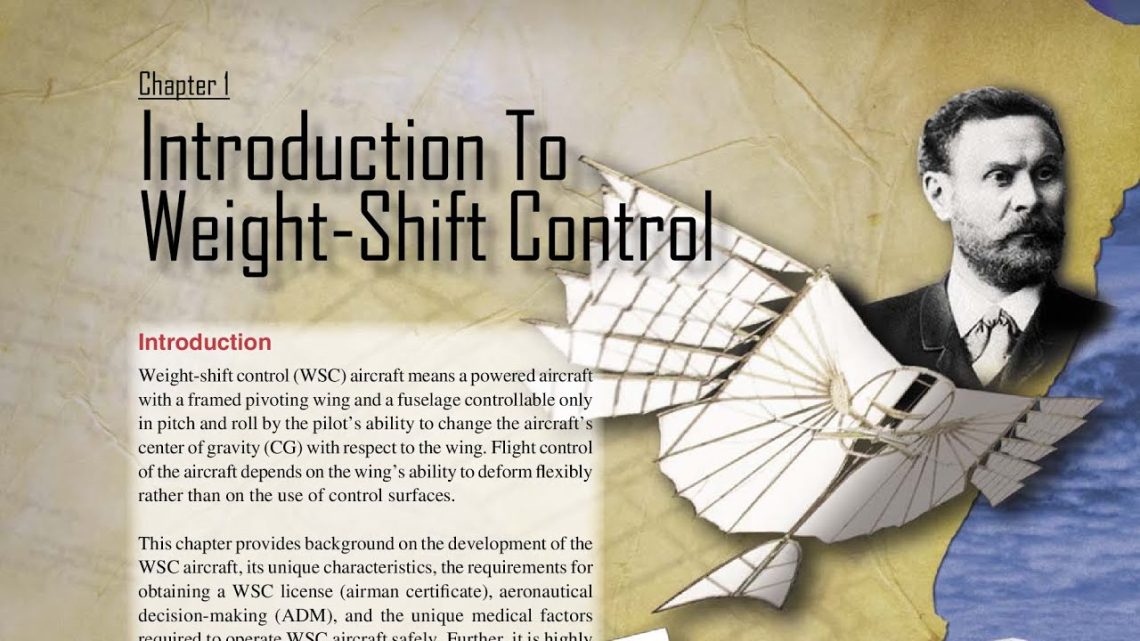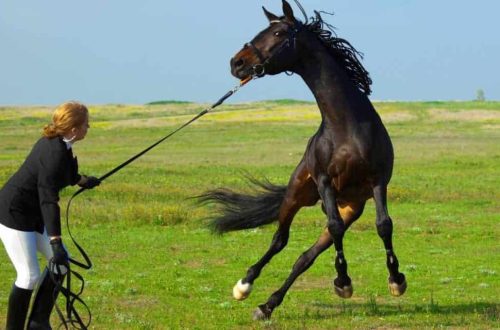
Weight shift as a means of control
Weight shift as a means of control
Weight shift is the first and most important effect a rider has on a horse. Riders realize the importance of this aid, often long before they have developed the physical ability to use it properly.
Without an independent seat, the rider cannot use weight shift properly. In this case, the incorrect influence of the weight of the rider limits the horse and can go against the commands that are given by the legs and reins. An independent seat allows the rider to instinctively “feel” what the horse’s body is doing to select the best set of controls and influence the horse in any given situation. Independent Rider:
- sits freely on the horse, his muscles are relaxed, he does not grab the sides of the horse and is not tense;
- keeps its center of gravity above the horse’s center of gravity, which is achieved through balance; as well as
- accompanies the movements of the horse at any gait.
When the rider is in balance and in sync with the horse’s movement without tension in any area of his body, subtle seat shifts become meaningful to the horse. The weight shift can be described as:
- уincreased weight on one or both sit bones;
- weight loss on one or both ischial bones;
- bilateral displacement, involving an increase or decrease in weight on both sit bones at the same time; as well as
- unilateral displacement – an increase or decrease in weight on only one ischium.
A controlled increase or decrease in weight requires the rider to exert force on the muscles of the abdomen, chest and back, which must be strong and evenly developed. The rider needs to develop “body awareness” in order to properly use all of their muscles to maintain proper upper body position.
Reducing the weight on the sitting bones does not mean lifting them out of the saddle. Raising the seat from the saddle on one side is a rough muscle movement that arches the ribcage on one side and loads the opposite ischium. Instead, the rider, while maintaining balance and staying balanced above the horse’s center of gravity, must engage the muscles on one side of the body to slightly extend their body on that side.
To develop an understanding of how this should feel, sit in a chair and raise one arm up. Let the muscles of the neck and shoulder be relaxed. Pay attention to the difference in weight that is distributed between the ischial bones.
Sometimes the weight gain on the sitting bones is described as “saddle diving” or “dipping into wet sand”. However, this does not mean that you should try to push the sitting bones into the horse’s back. Most riders learn to easily increase the weight on both sit bones at the same time during half halts or stops by contracting the muscles of the lower back to interrupt the horse’s movement rather than follow it. That being said, many riders find it difficult to work their joints separately when they are asked to increase the weight on only one sitting bone. They fail to separate their lower back from their hip joint—they tense up, twist at the chest, slouch their shoulders, or find some other compensatory way out of the position.
The independence of the seat is greatly influenced by the physical form of the rider. In order to sit evenly on both sitting bones, the rider’s muscles must be evenly and symmetrically developed on both sides of the body. If they are stronger on one side, then the weight will be shifted to the ischium on the weaker side. Tight “grasping” thigh muscles, tight ankles, pinched legs, tense shoulders, a protruding chin, or other landing problems are just a few of the things that prevent proper use of weight shift.
Bad posture habits develop over time and are often considered “normal” by the rider. If you do not have the opportunity to work with a trainer, ask to have your ride videotaped so that you can assess your posture and fit from the side. remember, that the bones of the seat should point down, not back or forward. The spine should have a slight curve without being arched or hunched over. The shoulders and chest should be balanced over the pelvis. Seen from front and rear, the rider’s spine should be centered on the horse’s spine. Make sure your shoulders, hips, knees, and legs are evenly aligned on each side.
Pay attention to the horse’s responses while riding, because he is the first to tell his rider about problems with the position. The horse usually tries to keep its rider above the center of gravity. If he sits heavier on one seat bone than on the other, the horse will tend to carry the head off to that side, or off track in that direction. If the rider’s torso is arched or leaned to one side, the horse will also not be straight to compensate for the rider.
Developing and improving the correct posture takes practice and training, not only in the saddle, but also out of it.
To better understand how the various movements of the hips, legs or torso are carried out, and how they affect the position of the sitting bones, you can practice with a fitball or just sitting in a chair.
Watch how the horse reacts to the weight shift while stopping or walking. Work on developing strong yet flexible abdominal and back muscles, as well as relaxation and balance that will allow you to use your body parts independently.
Faith Meredith (source); translation by Valeria Smirnova.





